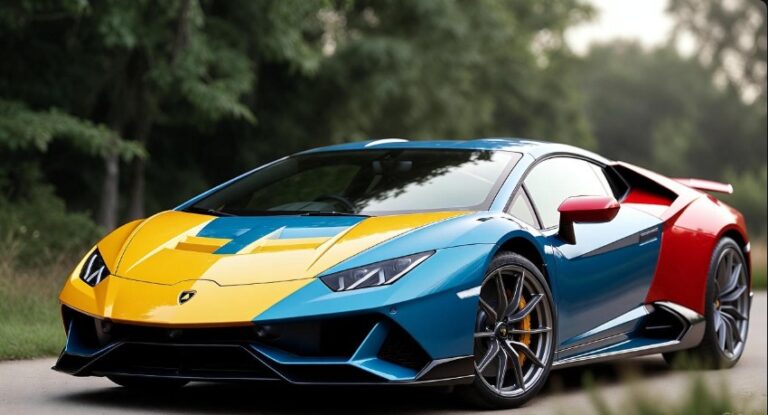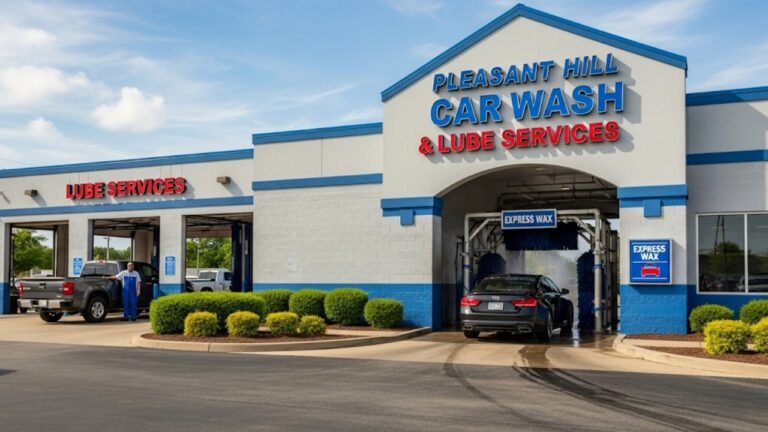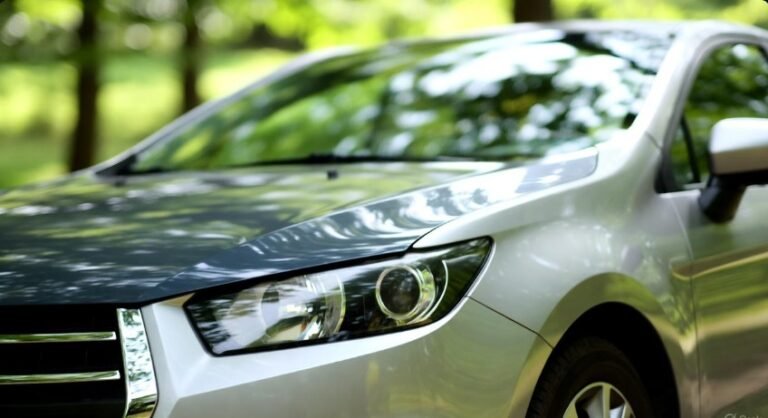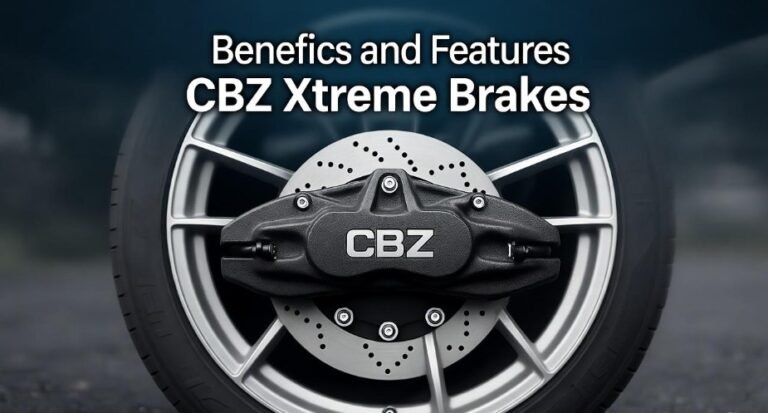What Is Visible Light Reflectance (VLR) On Tint? Understanding How It Impacts Comfort, Appearance & Performance
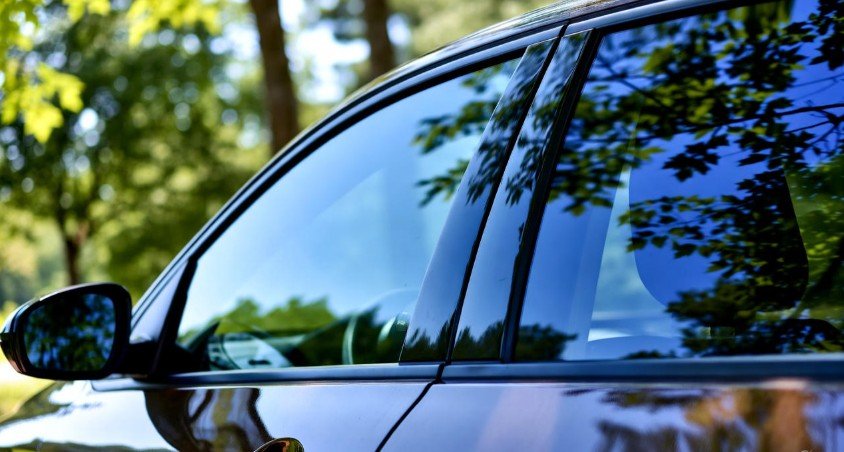
When people talk about tinting car windows or home windows, they often focus on how dark the tint looks or how much heat it blocks. But there is another factor that plays a big role in how tint performs, and that is Visible Light Reflectance (VLR). This term might sound technical at first, but once you understand it, it becomes one of the most useful tools for choosing the right tint. Think of Visible Light Reflectance (VLR) like a mirror effect. It describes how much light bounces off the window instead of passing through it. A tint with a high VLR rating reflects more light, while a tint with a low VLR lets more light pass through. This one feature affects how cool your car stays, how clear your visibility is, how private your space feels, and even how your vehicle looks from outside.
Many people choose tint based only on how dark it appears. However, two films with the same darkness can perform very differently if their VLR values are different. That is why learning about Visible Light Reflectance (VLR) helps you make a smarter decision. In this first part of the article, we will explore what VLR means, why it matters, how it differs from other tint ratings like VLT, and why understanding it can improve your comfort on the road or in your home.
In This Article
- 1 What Is Visible Light Reflectance (VLR)?
- 2 Understanding VLR in Car Window Tint
- 3 VLR vs VLT: Why They Are Not the Same
- 4 Why Visible Light Reflectance Matters
- 5 How to Check a Film’s VLR Rating
- 6 Real-Life Examples of VLR in Action
- 7 The Benefits of Understanding VLR
- 8 Choosing the Right VLR Level for Your Needs
- 9 Common Misconceptions About VLR
- 10 How to Maximize the Benefits of VLR
- 11 FAQs About Visible Light Reflectance
- 12 Conclusion
What Is Visible Light Reflectance (VLR)?
Visible Light Reflectance (VLR) is the percentage of visible light that is reflected off the surface of a window film. It measures how much light bounces back instead of passing through the glass. For example, if a tint has a VLR rating of 30%, that means 30% of the visible light that hits the window reflects away, while the remaining 70% either passes through or gets absorbed.
This might feel like a small detail, but it plays a big role in real life. Imagine sitting in a room with a window that lets in too much light. The brightness becomes uncomfortable, colors look washed out, and the space feels hotter. Now imagine the opposite—a window that reflects some of that light away. The room feels cooler, gentler on the eyes, and more relaxing. This is exactly what Visible Light Reflectance (VLR) helps achieve.
VLR is measured in percentage (%) and typically ranges from very low reflectance (5% or less) to high reflectance (80% or more). A low VLR film looks more natural and subtle, while a high VLR film appears shinier or even mirror-like. A high VLR film can reduce glare and heat a lot, but it may draw attention because of its reflective shine. On the other hand, a low VLR film gives a more factory-style look but may not block as much heat.
Understanding VLR in Car Window Tint
When applying tint to a car, Visible Light Reflectance (VLR) determines how much light bounces back off the glass. A higher VLR tint reflects more sunlight, which reduces heat and glare. A lower VLR tint absorbs more light instead, which can make the tint appear darker but may allow more heat to build inside the vehicle.
For example:
| VLR Rating | Light Reflected | How It Appears | Heat Performance |
|---|---|---|---|
| 10% VLR | Low | Matte, subtle | Moderate heat control |
| 30% VLR | Medium | Slight sheen | Good heat reduction |
| 60%+ VLR | High | Mirror-like | Strong heat and glare control |
Let’s break this down. If a tint has 30% VLR, that means 30% of the visible light hitting the window bounces back into the environment. This helps keep the interior cooler because less solar energy enters. However, some drivers may prefer lower VLR because they want their tint to blend in instead of shine.
So, choosing VLR is about balancing comfort and style. Some people love reflective tint because it keeps the car cooler and provides privacy—it’s harder to see inside. Others avoid high VLR films because they prefer an original, non-reflective look.
VLR vs VLT: Why They Are Not the Same
Many people confuse Visible Light Reflectance (VLR) with Visible Light Transmission (VLT), but they measure different things:
-
VLT (Visible Light Transmission) is how much light passes through the tint.
-
VLR (Visible Light Reflectance) is how much light bounces off the tint.
To make it simpler, think of VLT as “how dark the tint looks.” The lower the VLT, the darker the tint appears. But VLR is not about darkness—it is about reflection. A tint could look dark (low VLT) but not reflective (low VLR). Another tint could look lighter but reflect more heat (higher VLR). This is why two films that look similar can feel different when you sit inside the car.
Here’s a clear comparison:
| Feature | VLT | VLR |
|---|---|---|
| Measures | Light passing through tint | Light reflected off tint |
| Affects | Visibility inside & outside | Heat reduction & privacy |
| Related To | Darkness | Shininess / reflection |
Understanding the difference helps you choose the right performance level instead of relying just on how tint looks to the eye.
Why Visible Light Reflectance Matters
Visible Light Reflectance (VLR) affects heat, comfort, visibility, privacy, and style. Many people only think of window tinting as blocking sunlight, but reflectance is just as important as darkness. When light reflects off the window instead of entering, the cabin stays cooler. This means your air conditioner works less, fuel efficiency improves, and the car interior materials like leather and dashboard last longer.
A high VLR tint also reduces glare, especially during sunrise and sunset when glare is harshest. If you’ve ever struggled to see while driving west in the afternoon, you know how dangerous sharp glare can be. Reflective films help soften that glare, making driving more comfortable and safer.
However, VLR also influences privacy. A reflective tint makes it harder for others to see inside your car during the day. This can be useful for security if you regularly carry tools, electronics, or personal belongings in your vehicle. But at night the effect reverses—when your interior is brighter than the outside, visibility can shift.
So, the importance of VLR lies in finding the right balance for your needs: heat control, visibility, privacy, and appearance.
How to Check a Film’s VLR Rating
Most tint installers and dealers list Visible Light Reflectance (VLR) on their product spec sheets. The number you see typically represents reflectance from the outside. You may also see two VLR readings: interior reflectance and exterior reflectance. Exterior reflectance tells how shiny the tint looks from outside, while interior reflectance tells how much reflection you see from inside, especially at night.
If you want to test VLR yourself, professionals use a tool called a spectrophotometer. It measures light reflectance from different angles. For car or home tint, this testing is done under neutral light to avoid interference from sunlight or indoor bulbs.
If you don’t have a meter, the simplest way is visual comparison:
-
High VLR tint looks slightly metallic or mirror-like.
-
Low VLR tint looks soft and matte.
Depending on your style preference, either can be a great choice.
Real-Life Examples of VLR in Action
Let’s put Visible Light Reflectance (VLR) into perspective with real-life situations. Imagine you’re driving in the middle of summer, and the sun is beating down on your windshield. Even with moderately dark tint, the cabin may feel warm if the VLR is low because more sunlight is entering. Now, if your tint has a higher VLR, much of that sunlight is reflected back, keeping the car cooler without making the tint appear excessively dark.
Similarly, in a home or office setting, windows with high VLR can significantly reduce glare on computer screens or televisions. You may not even notice the difference at first, but after spending an afternoon in a sunlit room with high VLR windows, you’ll realize how much more comfortable the space feels. The reflected light doesn’t just reduce heat—it softens brightness, improves visual comfort, and protects interior surfaces from fading over time.
Some luxury car enthusiasts specifically choose VLR levels to enhance the vehicle’s aesthetic. A reflective tint can give a sleek, mirrored look that turns heads, while still performing well in heat reduction. It’s a combination of function and style that many drivers appreciate.
The Benefits of Understanding VLR
Understanding Visible Light Reflectance (VLR) helps you make smarter choices about your tint. Here are some key benefits:
-
Heat Control: High VLR reflects sunlight, keeping your car or room cooler.
-
Glare Reduction: Reflected light reduces eye strain and improves driving comfort.
-
Privacy: Mirrors on the outside make it harder for outsiders to see in.
-
Protection: Reflecting sunlight reduces fading of seats, dashboards, carpets, and other interior surfaces.
-
Style and Appearance: Reflective films can give a modern, polished look while still providing functionality.
Most importantly, knowing VLR ensures that your tint performs the way you expect. Some people choose dark tints without realizing low VLR films may not block as much heat. By paying attention to VLR, you align your tint choice with your practical needs.
Choosing the Right VLR Level for Your Needs
Picking the perfect VLR level depends on your priorities. Here’s a simple guide:
-
Low VLR (5–20%): Subtle reflection, natural appearance, moderate heat control. Great if you want a low-profile look without shiny surfaces.
-
Medium VLR (20–50%): Balanced reflectivity and heat reduction. Good for daily drivers seeking comfort without sacrificing aesthetics.
-
High VLR (50–80%): Maximum heat and glare control, mirrored look, enhanced privacy. Best for hot climates, luxury vehicles, or anyone needing strong solar protection.
Remember, VLR isn’t the only factor. Combine it with Visible Light Transmission (VLT) for optimal results. VLT determines how much light passes through, affecting visibility and darkness. Together, VLR and VLT give you the full picture of a tint’s performance.
Common Misconceptions About VLR
There are several myths around Visible Light Reflectance (VLR) that confuse many consumers:
-
“High VLR makes it harder to see outside.”
Not necessarily. VLR mainly affects light reflection, not transparency. Unless the tint is very dark or combined with low VLT, visibility remains clear. -
“VLR and VLT are the same.”
As discussed earlier, VLR measures reflection, while VLT measures light transmission. Both are important but distinct. -
“All shiny tints have high VLR.”
Some films may look glossy but have moderate reflectance. Always check the certified VLR percentage rather than relying on appearance alone.
Understanding these nuances prevents buyers from making mistakes that affect comfort, style, and safety.
How to Maximize the Benefits of VLR
To get the most out of Visible Light Reflectance (VLR):
-
Check Certificates: Always ask for the film’s certification that includes VLR values. Reputable brands provide this.
-
Combine With VLT: Choose a combination that balances visibility, reflection, and heat control.
-
Consider Your Environment: Hot, sunny climates benefit more from higher VLR; cooler regions may need less.
-
Account for Privacy: High VLR enhances daytime privacy, but remember nighttime visibility can change.
By applying these considerations, you ensure that your tint performs well, looks good, and meets your specific needs.
FAQs About Visible Light Reflectance
1. What does VLR actually measure?
VLR measures the percentage of visible light that reflects off the surface of a tinted window. A higher percentage means more light is bounced back rather than passing through.
2. How is VLR different from VLT?
VLT (Visible Light Transmission) measures how much light passes through a window. VLR measures how much light reflects off the window. Both are key for heat, glare, and visibility.
3. Does high VLR affect night visibility?
At night, interior lighting can reduce the effectiveness of VLR. While high VLR improves daytime glare and heat control, night visibility depends more on VLT and ambient lighting.
4. Can VLR reduce glare from sun or headlights?
Yes. High VLR reflects a significant portion of sunlight and strong headlights, reducing glare and eye strain while driving or working indoors.
5. Is higher VLR always better?
Not necessarily. Higher VLR improves heat and glare control, but may create a mirrored look that some people don’t prefer. Balance VLR with your aesthetic and functional needs.
6. How do I know the VLR of my current tint?
You can check the tint’s specifications, ask the installer, or use professional instruments like a spectrophotometer for precise measurement.
7. Does VLR affect interior fading?
Yes. By reflecting sunlight, high VLR reduces UV exposure inside your car or home, protecting materials from fading over time.
8. Can I combine different VLR levels in one vehicle or room?
Yes. Some people choose higher VLR on front or rear windows for heat and glare control, while keeping side windows lower for natural light and visibility.
Conclusion
Visible Light Reflectance (VLR) is more than just a technical number—it directly impacts comfort, safety, and aesthetics. Understanding VLR allows you to choose a tint that balances heat reduction, glare control, privacy, and style. Whether for your car, home, or office, selecting the right VLR ensures that you enjoy a cooler environment, reduced glare, and protection for interiors, all while maintaining the appearance you want.
Next time you shop for tint, don’t just focus on darkness. Pay attention to VLR, check certified values, and think about your real-world experience. This little number can make a big difference in your comfort and satisfaction. By understanding and leveraging VLR, you are not just choosing a tint—you’re making an informed investment in your daily comfort and safety.

